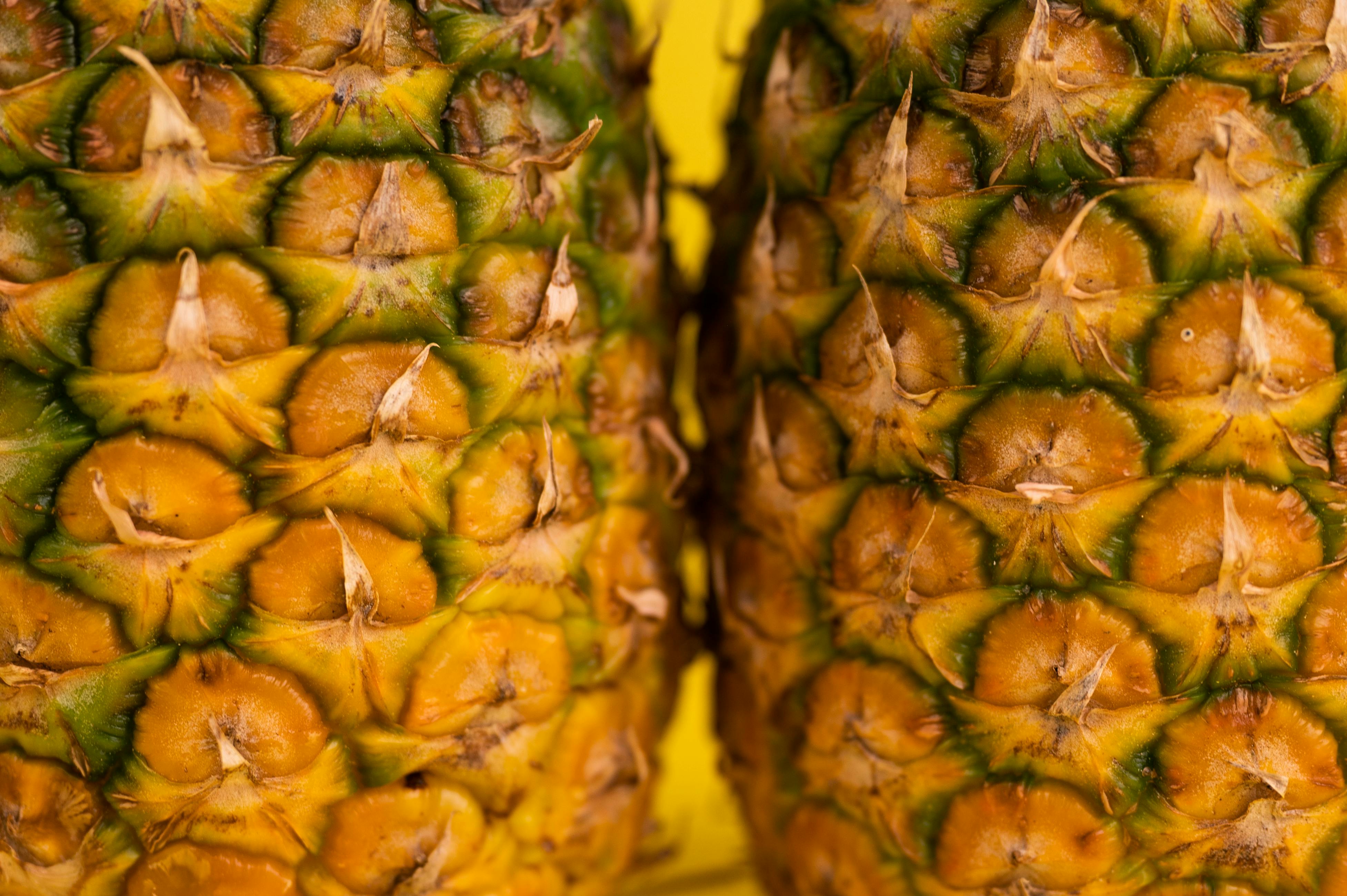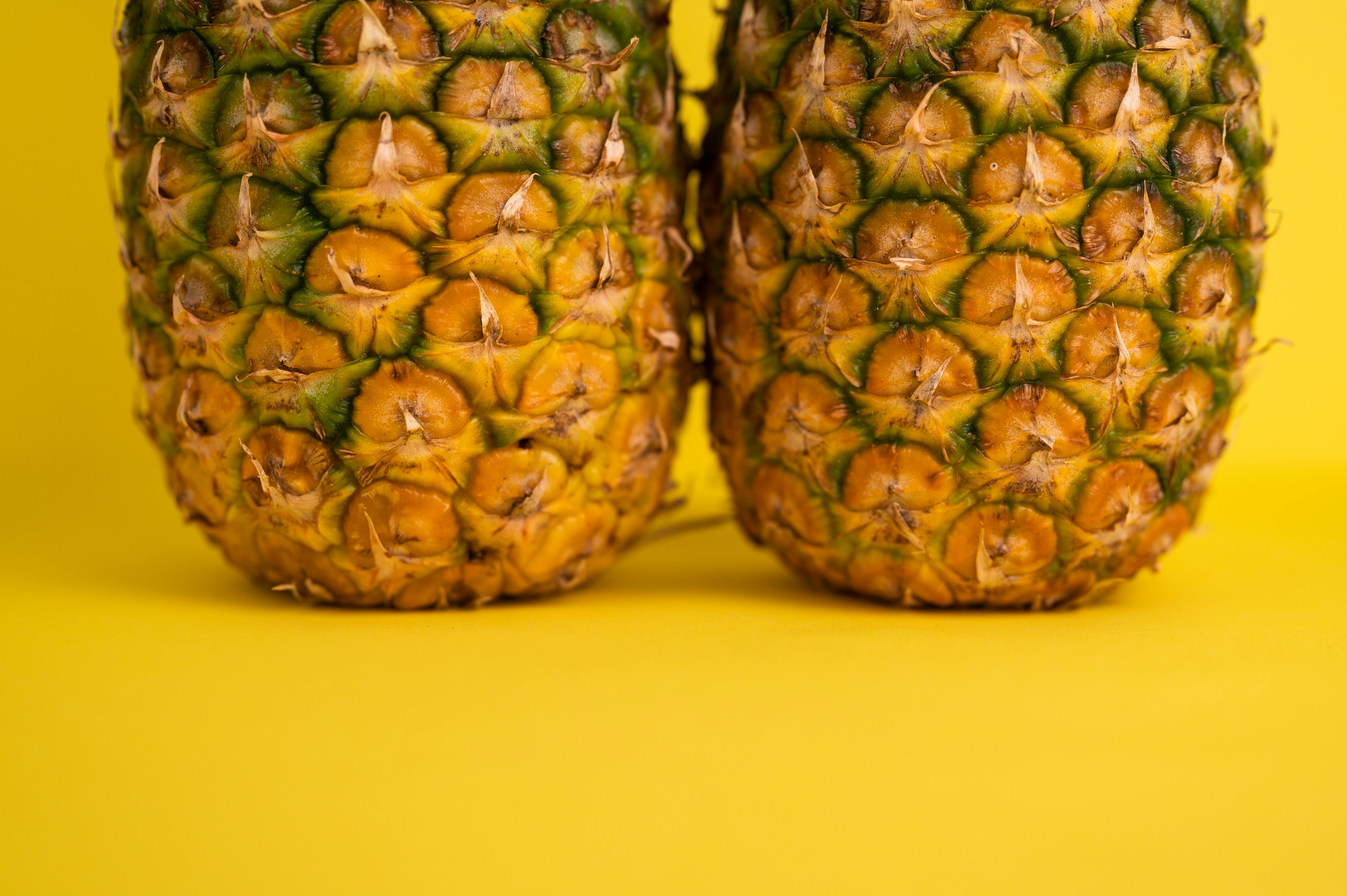Pineapple skin tea is a refreshing and delicious drink that can be made at home with simple ingredients. This guide will provide a step-by-step overview of how to make pineapple skin tea, from prepping the fruit to infusing the tea. With its sweet taste and natural health benefits, pineapple skin tea is a great way to enjoy an energizing and nutritious beverage. So, let’s get started!Pineapple skin tea is an herbal tea made from the dried peel of pineapple fruit. It has a unique and pleasant flavor – slightly sweet with a hint of pineapple – that makes it a popular choice for both hot and cold beverages. Pineapple skin tea is packed with beneficial nutrients, including vitamins A, C, and E, as well as minerals such as magnesium and potassium. It also contains phenolic compounds which have antioxidant and anti-inflammatory properties. The tea is caffeine-free and can be enjoyed hot or cold throughout the day to help improve digestion, boost energy levels, and reduce stress.
The Benefits of Drinking Pineapple Skin Tea
Pineapple skin tea is a tasty drink that is made from the skin of pineapples. It has a number of benefits that make it a great choice for those looking to improve their overall health and wellbeing. It can be enjoyed hot or cold, making it a great way to get your daily dose of vitamins and minerals. Here are some of the benefits you can expect from drinking pineapple skin tea:
Antioxidants
Pineapple skin tea is rich in antioxidants, which are important for keeping the body healthy and protecting it from damage caused by free radicals. Antioxidants help to reduce inflammation, which can lead to a variety of health issues. They also help to boost the immune system and protect against diseases such as cancer.
Vitamins and Minerals
Pineapple skin tea contains a variety of vitamins and minerals that are essential for good health. These include vitamin C, potassium, magnesium, calcium, iron, and zinc. Vitamin C helps to boost immunity and reduce inflammation, while potassium helps to regulate blood pressure levels and magnesium helps to keep bones strong. Calcium helps to prevent bone loss, while iron aids in red blood cell production and zinc helps with wound healing.
Digestive Health
Pineapple skin tea is also beneficial for digestive health as it contains bromelain, an enzyme that helps with digestion. Bromelain can help break down proteins in food more easily so they can be absorbed by the body more efficiently. This can help ease symptoms associated with gastrointestinal issues such as bloating or indigestion.
Weight Loss
Pineapple skin tea may also be beneficial for those looking to lose weight as it is low in calories and sugar but still high in essential nutrients such as vitamins and minerals. Additionally, bromelain may help aid weight loss by helping the body break down fat cells more efficiently.
Overall, pineapple skin tea is a delicious drink that can provide many health benefits. If you are looking for an easy way to incorporate more vitamins and minerals into your diet or if you are looking for something that could potentially aid weight loss or digestive health issues then pineapple skin tea may be just what you need!
What You Need to Make Pineapple Skin Tea
Making pineapple skin tea is an easy but delicious way to get the most out of your pineapple. All you need is some fresh pineapple skins and boiling water. The pineapple skins can be from any type of pineapple, as long as you make sure they are organic and un-waxed. Once you have your ingredients ready, follow these simple steps to make a refreshing cup of pineapple skin tea.
First, remove the rind from the pineapple and rinse it off with cool water. Cut it into small pieces and place them in a bowl or pot. Cover the pieces with boiling water and let them steep for about 10 minutes. After that, strain the tea into a cup or mug and enjoy its sweet, tropical flavor!
You can also add honey or sugar to sweeten the tea, or even a squeeze of lemon for an extra zing of flavor. If you want a stronger flavor, steep the pineapple skin pieces for longer before straining. Pineapple skin tea is best enjoyed while it’s still hot, so don’t forget to grab a cozy blanket and enjoy your delicious cup of tea!
Ingredients
Pineapple skin, hot water, sugar (optional).
Step-by-Step Guide
1. Peel the pineapple, keeping the skin intact and discard any flesh that may remain.
2. Cut the pineapple skin into small strips or chunks.
3. Place the pineapple skin in a heatproof container and pour hot water over it.
4. Let steep for 10 minutes before straining out the pineapple pieces.
5. Sweeten to taste with sugar if desired and serve warm or chilled.
Peeling a Pineapple
Pineapples are delicious, juicy fruits that are packed with nutrients. But before you can enjoy the sweet taste of a pineapple, you must first peel it. Peeling a pineapple can be tricky, but with the right tools and techniques, it is quite easy.
The first step in peeling a pineapple is to carefully remove its top and bottom. Using a sharp kitchen knife, cut off the top and bottom of the pineapple just above its crown and stem. Be sure to cut the top and bottom off at an angle so that more of the edible fruit can be removed from inside. Once this is done, you can then move onto removing the skin from the sides of the pineapple.
Using a vegetable peeler or paring knife, start at one end of the pineapple and work your way around until all of the skin has been removed. Be sure to peel in one direction and hold onto the fruit firmly as you go to prevent any accidental cuts or slices. Once all of the skin has been peeled away, you can use a knife to trim away any remaining bits of skin or eyes that may remain on the surface of the fruit.
After peeling your pineapple properly, it’s time to start enjoying it! You can eat it fresh or use it for recipes such as smoothies, juices, desserts or salads. No matter how you choose to enjoy your peeled pineapple, make sure to take your time when peeling it for maximum enjoyment!

Cut the Peel into Small Pieces
Peeling an orange can be a tedious task. To make it easier, you can cut the peel into small pieces before peeling it. Start by washing the orange to remove any dirt or bacteria. Then, with a sharp knife, make small cuts in the peel of the orange at regular intervals all around its circumference. Once you have completed making all the cuts, start peeling away each piece of peel one by one. Be careful not to remove too much of the white pith under the peel as this contains a lot of nutrients and flavor. When you have finished peeling, you can either discard the peel or use it for other recipes such as zest or candied peels.
Alternatively, if you want to cut up an orange for eating or cooking purposes, simply cut the ends off first and then stand it upright on one end. Slice downwards from top to bottom and then turn it 90 degrees and slice again until you have cut up all of the segments inside. This method is especially useful for when you need to make thin slices or wedges for salads or garnishes.
Boiling the Peel in Water
Boiling the peel in water is a great way to get more nutrients out of your food. It’s a simple process that doesn’t require any special equipment or ingredients. To start, you’ll need to take the peel off of whatever fruit or vegetable you’re working with and place it in a pot of water. Bring the water to a boil and let it simmer for 5-10 minutes, or until the peel is soft and pliable. After that, strain the liquid and discard the peel. The liquid will contain many vitamins and minerals that were leached out of the peel during the boiling process, so be sure to drink or use it in recipes accordingly. Boiling the peel in water can also help enhance flavors, making dishes more flavorful and nutritious.
In addition to adding extra nutrients, boiling peels also helps make them more palatable for eating on their own. For example, boiling a banana peel will help make it softer and easier to chew. You can even add some sweetener and spices to boiled peels for added flavor. Boiled citrus peels can also be used as an ingredient in many recipes for added zestiness!
Ultimately, boiling peels in water is an effective way to get extra nutrition from your food while also making dishes more flavorful. It’s a great way to reduce food waste and make use of every part of your produce!
Prepare the Tea
Making tea is a simple task that can be done in a few steps. To start, measure out the desired amount of tea leaves. Depending on the type of tea you’re making, use either loose tea leaves or teabags. Place the tea into a teapot and add freshly boiled water to the teapot. For black teas, use water that is around 95-100°C (203-212°F), while for green and white teas use water around 80-90°C (176-194°F). Let the tea steep for 3-5 minutes, depending on your preference.
Strain and Serve the Tea
Once your tea has finished steeping, strain it into cups using a strainer or a teapot with a built in strainer. If desired, add some honey, sugar or lemon as desired. Enjoy your freshly brewed cup of tea!

Conclusion
Pineapple skin tea is a unique and delicious drink that can be enjoyed hot or cold. Making pineapple skin tea is surprisingly easy and requires only a few ingredients. It is also a healthier alternative to sugary drinks, as it contains no artificial sweeteners or added sugar. If you are looking for a refreshing and tasty drink to enjoy during the summer months, pineapple skin tea may be the perfect choice.
So why not give it a try? With its unique flavor and simple preparation, you can make pineapple skin tea at home in no time at all. Enjoy this flavorful and healthy beverage with friends and family to make your summer days even more special!
